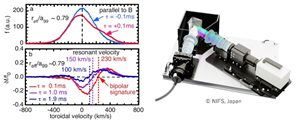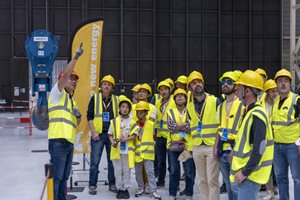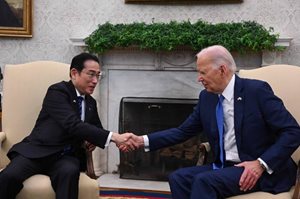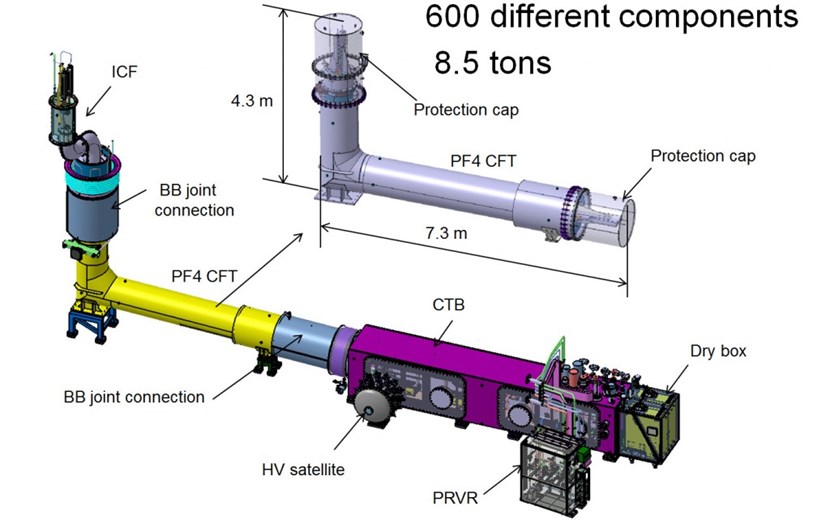
The cryostat feed-through for poloidal field coil #4 (pictured in left, in yellow, and enlarged at right) is part of a larger assembly that includes the in-cryostat feeder (ICF) and the coil terminal box (CTB). The 31 feeders of the ITER magnet system are vital components that are made up of some 600 smaller elements.
Since the signature of the magnet feeder
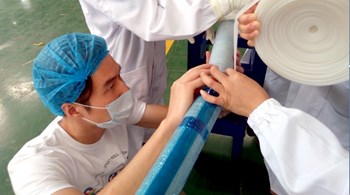
''A lot of effort has gone into developing detailed manufacturing and quality assessment/quality control plans and documentation, and this effort has paid off,'' says Arnaud Devred, head of the ITER Superconductor Systems & Auxiliaries Section.
The event was celebrated as an important procurement milestone, as it follows five years of intense work to complete the design and carry out the qualification of key components and key manufacturing processes. In addition, this particular component—the cryostat feed-through for poloidal field coil #4—is the first magnet component needed on site because it needs to be brought into position before the completion of the cryostat base support ring. The component is scheduled for arrival during the third quarter of 2017.
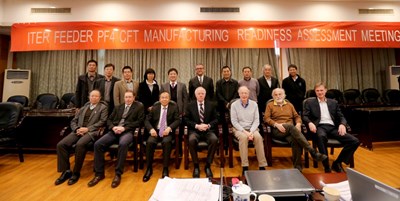
The review panel, made up of experts from the ITER Organization, the Chinese and European Domestic Agencies, and external specialists, was chaired by Rem Haange, former head of the ITER Project Department and acting ITER Chief Operating Officer through 23 October.
Arnaud Devred, head of the ITER Superconductor Systems & Auxiliaries Section, summed up the results of the assessment: "This has been a very good example of active collaboration between the ITER Organization, the Chinese Domestic Agency, and supplier ASIPP. A very close relationship was needed in order to develop and validate the key technologies for this component (including the high voltage insulation of superconducting busbars, superconducting joints, cold mass supports, and the thermalization of cold mass). A lot of effort has gone into developing detailed manufacturing and quality assessment/quality control plans and documentation, and this effort has paid off."



